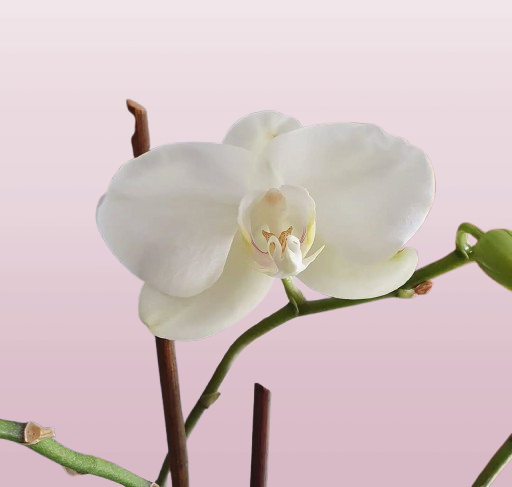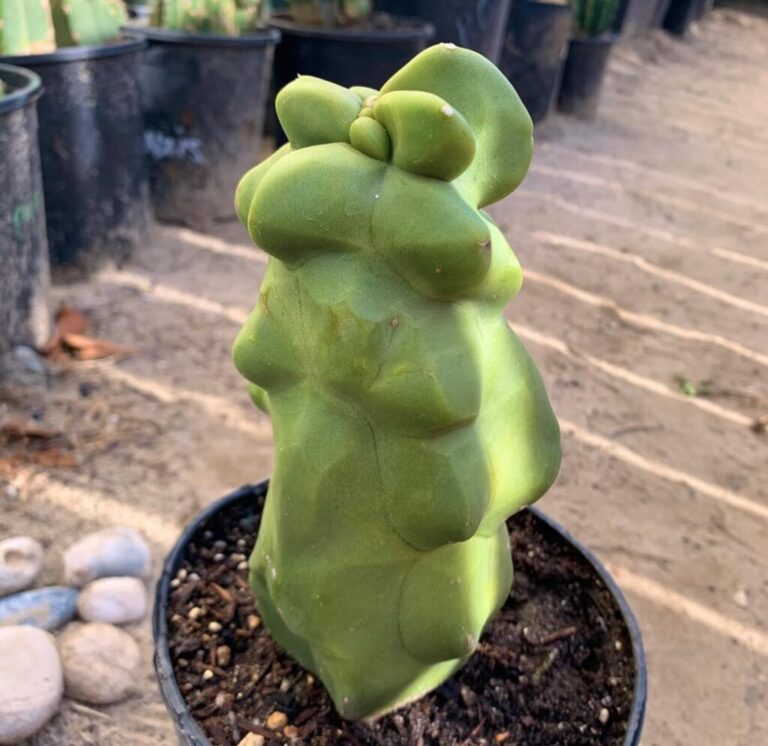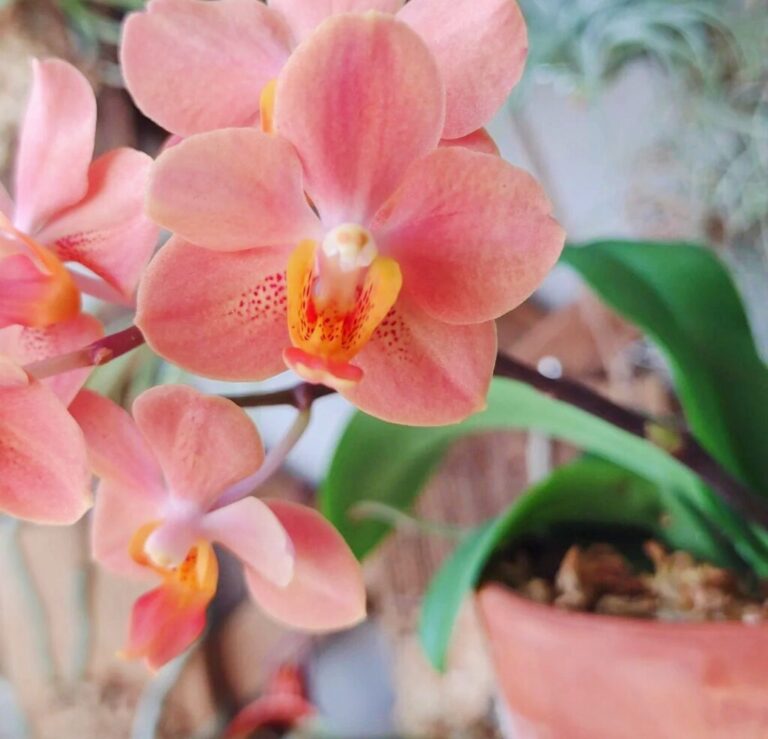- 1 Understanding How Orchids React to Temperature Changes
- 2 Orchids are generally categorized into three temperature groups:
- 3 1. How to Protect Orchids from Cold Temperatures
- 4 2. Preventing Heat Stress in Orchids
- 5 3. Ensuring a Proper Day-Night Temperature Difference
- 6 How to Maintain a Healthy Temperature Difference:
- 7 4. The Importance of Air Circulation in Temperature Regulation
- 8 How to Improve Air Circulation:
- 9 Orchid Temperature Protection Time Table
- 10 Final Thoughts on Orchid Temperature Protection
- 11 FAQS
Orchids are among the most captivating plants, known for their exotic beauty and unique growing requirements. However, one of the biggest challenges orchid growers face is maintaining the right temperature conditions. Whether you live in a tropical region with high humidity or an area that experiences cold winters, orchids require consistent temperature management to thrive. Sudden temperature fluctuations can cause stress, leading to issues like bud blast, stunted growth, and even plant death.
If you’re struggling with keeping your orchids at the right temperature, this guide will help you understand how to protect them in any climate. We will discuss the best strategies for temperature control, ensuring that your orchids grow healthily and bloom consistently. From shielding them from extreme cold to preventing heat damage, this comprehensive guide will provide actionable solutions for every grower.
Orchid Temperature Protection

Understanding How Orchids React to Temperature Changes
Orchids originate from diverse natural habitats, ranging from the humid rainforests of South America to the high-altitude mountains of Asia. Because of this diversity, different species of orchids have different temperature requirements. To effectively implement orchid temperature protection, it is essential to understand which temperature range your orchid prefers.
Orchids are generally categorized into three temperature groups:
Warm-growing orchids – These thrive in temperatures between 65°F to 85°F (18°C to 29°C). Common warm-growing orchids include Phalaenopsis and Vanda, which prefer stable temperatures with high humidity.
Intermediate-growing orchids – These orchids prefer a moderate temperature range of 55°F to 75°F (13°C to 24°C). Popular intermediate-growing orchids include Cattleya and Oncidium, which can tolerate slight temperature variations but require protection from extremes.
Cool-growing orchids – These species flourish in temperatures between 45°F to 70°F (7°C to 21°C). Orchids like Cymbidium and Masdevallia belong to this category and require cooler conditions to bloom properly.
Without proper temperature protection, orchids can experience stress, making them susceptible to diseases and poor blooming. Understanding their preferred temperature range is the first step in preventing damage and ensuring their overall health.
Tip: Always identify your orchid species and its temperature preferences before deciding on a care routine.
1. How to Protect Orchids from Cold Temperatures
Cold temperatures can be extremely damaging to orchids, especially tropical varieties that are not accustomed to temperature drops. When exposed to chilly conditions, orchids can suffer from frost damage, blackened leaves, slow growth, and even death. This is especially problematic for growers in regions with harsh winters.
Effective Ways to Protect Orchids from Cold:
Move orchids indoors when temperatures begin to drop below their tolerance range. This is particularly important for tropical species like Phalaenopsis, which are highly sensitive to the cold.
Use heat mats underneath orchid pots to maintain warmth at the root level. Cold roots struggle to absorb nutrients properly, which can lead to weak and unhealthy plants.
Cover orchids with frost cloths or garden fleece if they are growing outdoors. These coverings help trap heat and protect the plants from frost damage.
Avoid placing orchids near drafty windows or doors during winter. Even if your home is warm, cold drafts from open doors or poorly insulated windows can still cause temperature shock.
Tip: If you live in an area with extremely cold winters, consider investing in a small greenhouse or an indoor grow setup to maintain consistent temperatures.
2. Preventing Heat Stress in Orchids
Just as cold can be harmful to orchids, excessive heat can be equally damaging. When orchids are exposed to high temperatures, they lose moisture quickly, leading to dehydration, wilting, and sunburn on the leaves. Some orchids, like Vanda, can tolerate higher temperatures, but most require proper shade and cooling methods to thrive in the heat.
How to Protect Orchids from Excessive Heat:
Provide shade using a 50-70% shade cloth to filter out intense sunlight while still allowing enough light for photosynthesis.
Increase humidity around your orchids by using pebble trays, humidifiers, or misting them regularly. High temperatures can dry out orchids quickly, so maintaining humidity levels helps them stay hydrated.
Water orchids early in the morning to ensure they have enough moisture to withstand the heat of the day. Avoid watering in the afternoon, as water can evaporate too quickly.
Improve airflow using oscillating fans to prevent stagnant air from trapping heat around the plants.
Tip: Never place orchids in direct sunlight for extended periods, especially during summer. The intense heat can cause leaf scorch, turning leaves yellow or brown.
3. Ensuring a Proper Day-Night Temperature Difference
One of the most critical factors in encouraging healthy blooming is maintaining the right day-night temperature difference. Many orchids, especially Phalaenopsis and Cattleya, require a drop in temperature at night to trigger flowering. If temperatures remain too stable, your orchid may refuse to bloom.
How to Maintain a Healthy Temperature Difference:
If growing orchids indoors, lower the thermostat slightly at night or place orchids in a cooler room to mimic natural temperature fluctuations.
For greenhouse growers, open vents during the day to prevent heat buildup and close them at night to retain warmth.
If growing outdoors, position orchids in a place where they naturally experience cooler nights, such as under a shaded patio or near a garden wall that retains heat during the day and releases it at night.
Tip: Most orchids require a 10-15°F (5-8°C) difference between day and night to stimulate blooming.
4. The Importance of Air Circulation in Temperature Regulation
Good air circulation is often overlooked, but it plays a vital role in temperature control for orchids. Without proper airflow, warm temperatures can trap heat around the plant, leading to fungal infections and leaf damage.
How to Improve Air Circulation:
Use oscillating fans to ensure even air distribution in indoor and greenhouse setups.
Keep orchids spaced apart to prevent overheating and allow fresh air to move between the plants.
If growing indoors, occasionally open windows and doors to let fresh air in and reduce heat buildup.
Tip: Air movement reduces mold, mildew, and bacterial infections, keeping your orchids healthier.
Orchid Temperature Protection Time Table
| Season | Temperature Challenges | Solutions |
|---|---|---|
| Spring | Fluctuating temperatures | Adjust watering, monitor thermometer |
| Summer | Extreme heat, dehydration | Increase humidity, provide shade, enhance airflow |
| Fall | Cooling temperatures | Begin acclimation for winter, reduce watering |
| Winter | Frost damage, cold stress | Move indoors, use heat mats, insulate with cloths |
Final Thoughts on Orchid Temperature Protection
Providing proper orchid temperature protection is essential for maintaining healthy growth and beautiful blooms. Whether you’re dealing with extreme cold, excessive heat, or fluctuating day-night temperatures, implementing the right strategies will help your orchids thrive.
By following these 10 essential tips, you can prevent temperature stress, enhance blooming potential, and grow strong, vibrant orchids in any climate. Keep track of your orchid’s temperature preferences, monitor conditions regularly, and make seasonal adjustments to ensure a stable growing environment.
With the right care, your orchids will reward you with stunning flowers year after year!
FAQS
What is orchid temperature protection, and why is it important?
Orchid temperature protection refers to the strategies used to maintain the ideal temperature range for orchids, preventing damage from extreme cold or heat. Proper orchid temperature protection ensures healthy growth, prevents stress, and encourages blooming.
What temperature is too cold for orchids?
Most orchids cannot tolerate temperatures below 50°F (10°C). Without orchid temperature protection, exposure to cold can cause frost damage, blackened leaves, and root shock.
How do I provide orchid temperature protection during winter?
To ensure orchid temperature protection in winter, move orchids indoors, use heat mats, and keep them away from cold drafts. Cover outdoor orchids with frost cloths to shield them from freezing temperatures.
Can orchids survive in high temperatures?
Some orchids, like Vanda, tolerate heat, but excessive temperatures can lead to dehydration and leaf burn. Orchid temperature protection in hot climates includes providing shade, increasing humidity, and ensuring good air circulation.
How can I maintain a proper temperature difference for my orchids?
For effective orchid temperature protection, ensure a 10-15°F (5-8°C) drop at night. This can be achieved by placing orchids in a cooler room at night or opening vents in a greenhouse.
What are the signs that my orchid is suffering from poor temperature regulation?
Without orchid temperature protection, orchids may show signs like yellowing leaves, slow growth, bud blast, and lack of blooming. Sudden temperature fluctuations can also cause leaf drop.
How can I protect my orchids from temperature shock?
Gradually acclimate orchids to new temperatures instead of sudden shifts. Orchid temperature protection methods like using humidity trays and shade cloths can help stabilize conditions.
Do indoor orchids need orchid temperature protection?
Yes, even indoor orchids require orchid temperature protection, especially during seasonal changes. Keep them away from heaters, air conditioners, and drafty windows to prevent stress
Can I use a greenhouse for better orchid temperature protection?
A greenhouse is an excellent way to achieve orchid temperature protection as it allows better control over temperature, humidity, and airflow, creating the perfect environment for orchids.
How does humidity affect orchid temperature protection?
Humidity plays a crucial role in orchid temperature protection. Low humidity in hot temperatures leads to dehydration, while excess moisture in cold weather can encourage fungal growth.
What are the best tools for monitoring orchid temperature protection?
Using a thermometer, hygrometer, and thermostat can help ensure orchid temperature protection by keeping track of the growing environment and making necessary adjustments.
How can I protect orchids growing on balconies or patios from temperature extremes?
For orchid temperature protection on balconies, use shade cloths, windbreaks, and insulating materials like foam wraps to prevent temperature stress.






